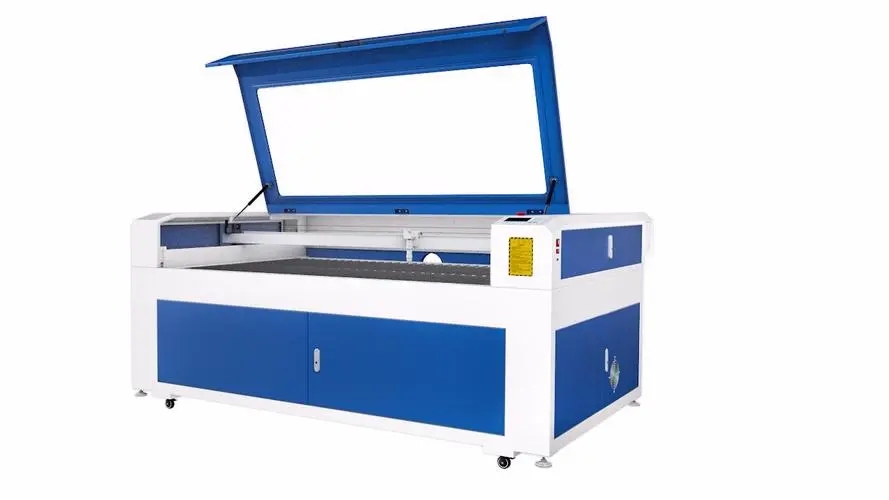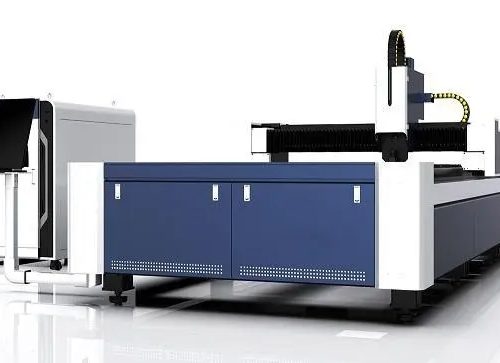
What Are the Best Practices for Cutting Acrylic Panels with a Laser Cutter?
In recent years, laser cutters have become an attractive and cost-effective tool for fabricating products and components. Laser cutters are incredibly versatile and capable of cutting and engraving a variety of materials, such as wood, plastics, textiles, and metals.
One particular material that offers a wide range of possibilities is acrylic. Acrylic is a thermoplastic polymer with excellent optical properties, making it a material of choice for many craft and industrial applications.
In this article, we’ll cover the best practices for cutting acrylic panels with a laser cutter. We’ll outline the safety precautions to consider, the necessary adjustments to your laser’s settings, and the tips and tricks for getting great results.
Safety Precautions
The most important factor to consider when operating a laser cutter is safety. Laser cutting involves the use of strong light beams that can cause serious damage to the skin and eyes if not properly handled.
When using a laser cutter to cut acrylic panels, take the following safety precautions:
- Wear appropriate safety clothing, including respirators and protective eyewear.
- Keep all combustible materials away from the laser machine.
- Make sure the room temperature does not exceed 15C to reduce the risk of fire.
- Ensure adequate ventilation in the workarea.
- Read and follow the manufacturer’s guidelines for your laser cutter.
Adjusting Laser Settings
The laser settings are essential for cutting acrylic panels effectively. Depending on the type and thickness of acrylic you’re using, the settings will need to be adjusted slightly. The optimal settings can be found in the manufacturer’s manual for your specific laser cutter.
General Settings
The following settings are generally suitable for cutting acrylic panels:
- Power: 40-50%
- Speed: 20-50 mm/s
- Frequency: 1-4 KHz
Thickness of Acrylic
Thicker acrylic sheets will require a higher power setting and a slower speed. For thinner sheets, a lower power setting and a higher speed are recommended.
Tips and Tricks
The following tips and tricks can help you get great results when cutting acrylic panels with a laser cutter:
- Choose the right type of acrylic – PMMA or polycarbonate. PMMA (polymethyl methacrylate) is a popular choice for laser cutting, due to its excellent thermal and optical properties. Polycarbonate is more durable and can withstand higher temperatures.
- Ensure your acrylic panels are held securely in place. To prevent distortion, use clamps and edge supports.
- Reduce the zigzag effect by using a low power setting.
- Minimize the heat affected zone by keeping a narrow focus. Use a low frequency setting to reduce the energy to the area.
- Choose a nozzle with a small diameter for a precise and clean cut.
- Clean the edges of the cut using a damp cloth. This will ensure a smoother finish.
By following the safety precautions, making the necessary adjustments to your laser’s settings, and utilizing the tips and tricks outlined in this article, you can achieve great results when cutting acrylic panels with a laser cutter.
FAQs
What type of acrylic is best for laser cutting?
PMMA (polymethyl methacrylate) is a popular choice for laser cutting, due to its excellent optical and thermal properties. Polycarbonate is also a good choice and more durable than PMMA, but may require a higher power setting.
What are the best laser settings for cutting acrylic?
The best settings for cutting acrylic depend on the type of acrylic and the thickness of the sheets. Generally, power should be set between 40-50%, speed between 20-50 mm/s, and frequency between 1-4 KHz. However, these settings may need to be adjusted for thicker or thinner sheets.
How can I reduce the zigzag effect when laser cutting acrylic?
The zigzag effect can be reduced by using a lower power setting. Additionally, using a narrow focus and a low frequency setting can reduce the energy to the area and minimize the heat affected zone.










